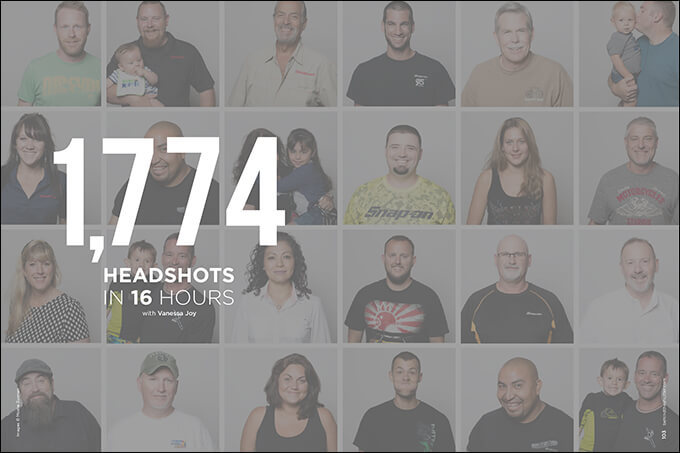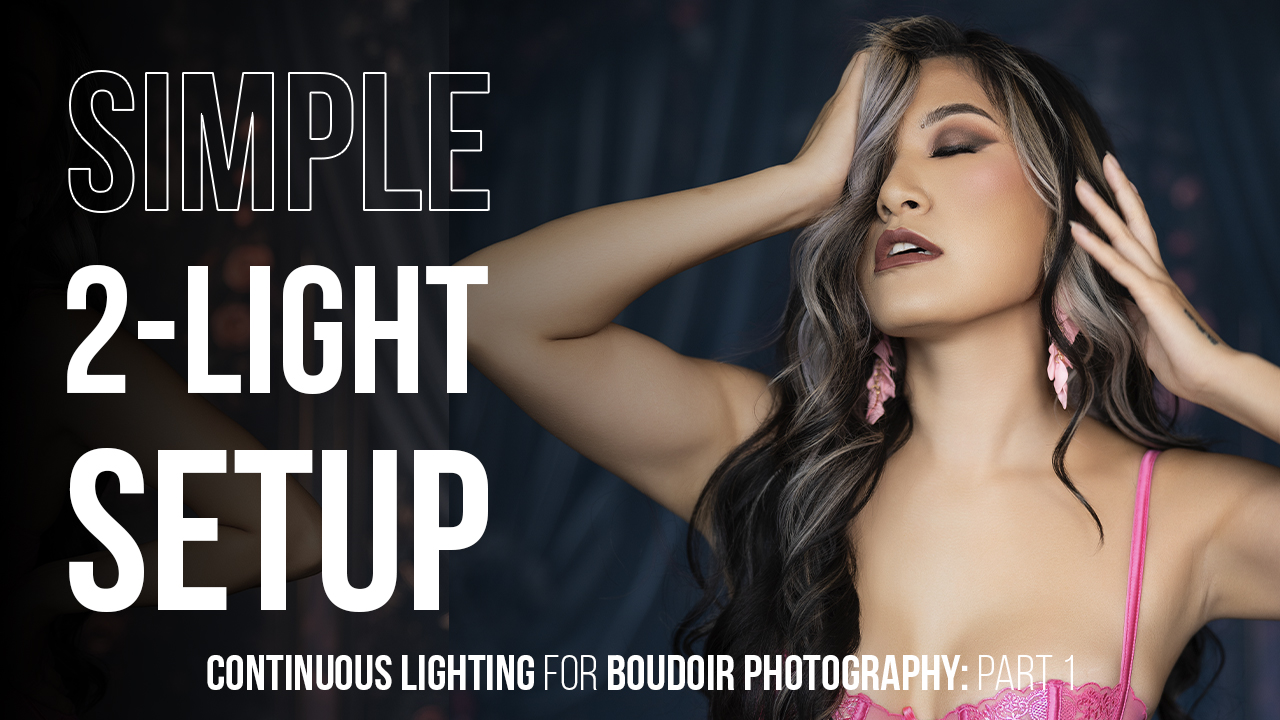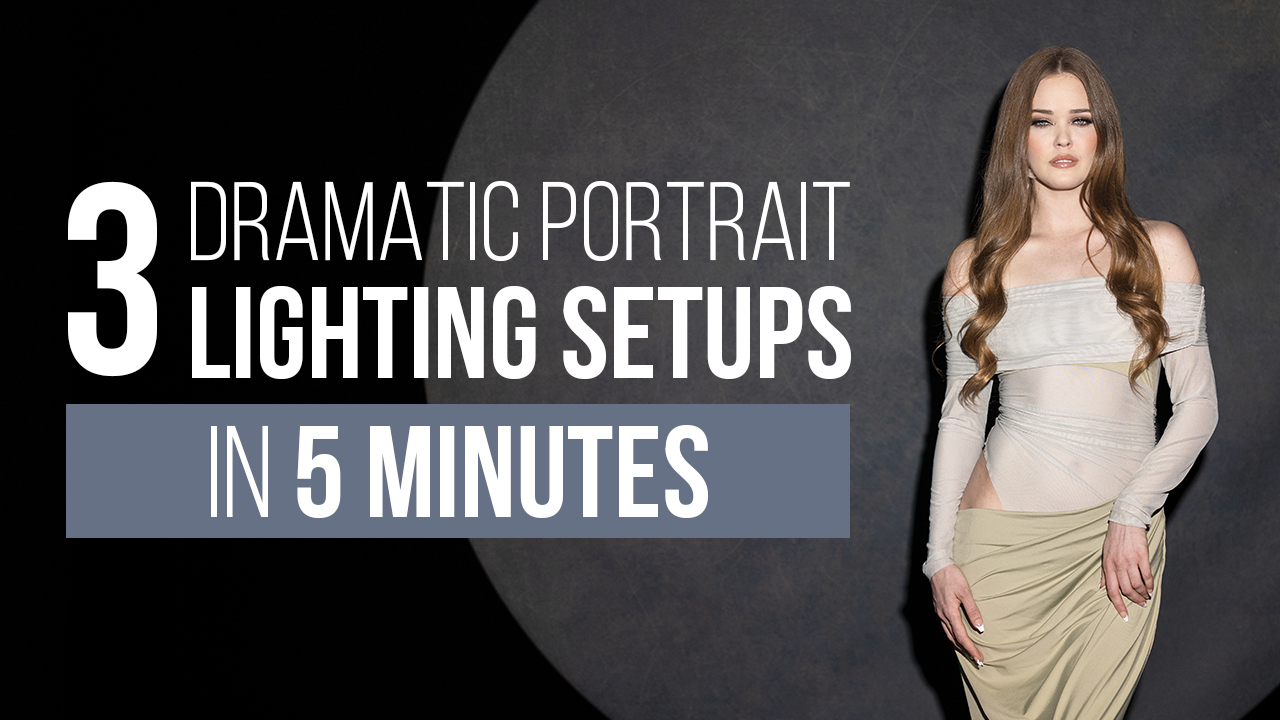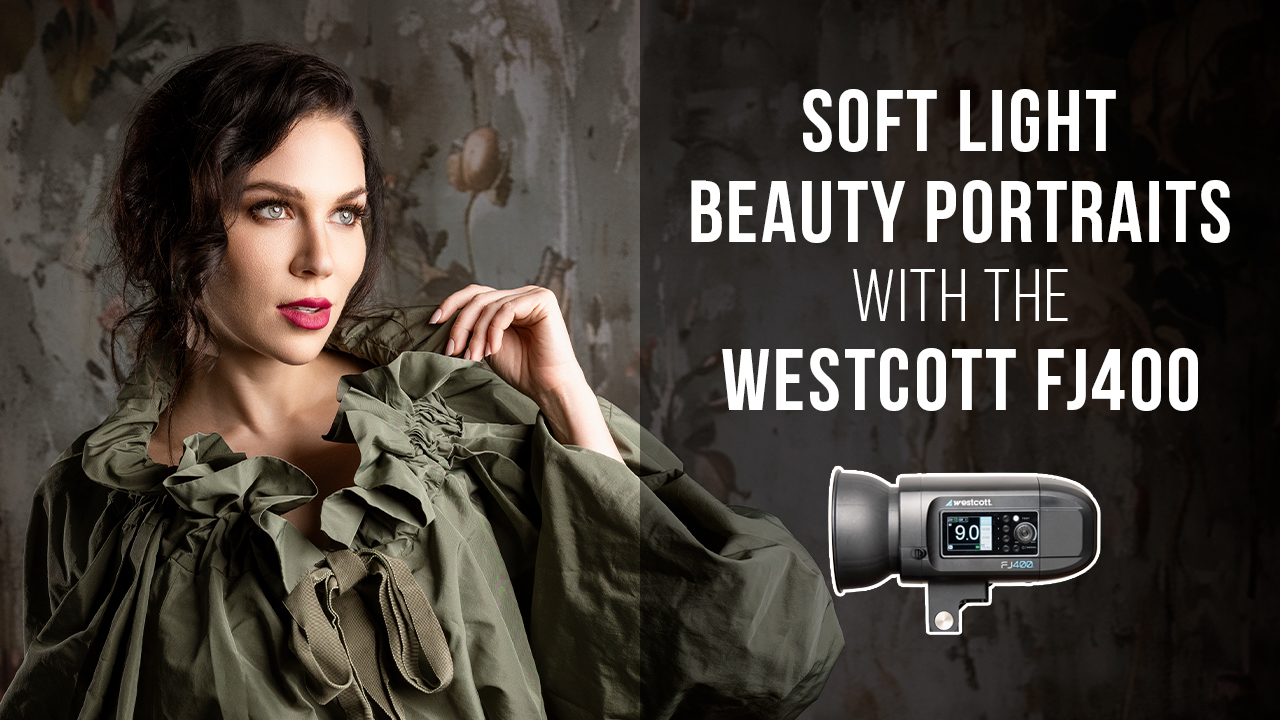1,774 Headshots in 16 Hours with Vanessa Joy
As a wedding photographer, I envy portrait shooters who work inside a studio and not on location. They get as much time as they need to set up the perfect lighting and settings, and do everything else that goes into a studio photograph.
But when I shoot weddings, I usually have to figure everything out on the fly, factor in a hundred different variables and take the picture within seconds.
So, how do you shoot so many people consistently and quickly, keeping everything in order and moving along smoothly? For starters, you need the right tools. Here’s our gear list:
- Profoto D1 1,000-watt strobe
- Profoto umbrella with diffuser light shaper
- Profoto Canon wireless transmitter
- Tether Tools JerkStopper camera support
- Tether Tools JerkStopper “A” clamp 1″ black
- Tether Tools USA 3.0 SuperSpeed Micro-B cable
- 15″ MacBook Pro
- Canon EOS tether
- Lightroom
- Canon 5DS
- Canon EF 70–200mm f/2.8L (set around 90–100mm)
- Manfrotto 548B Neotec tripod with Manfrotto MA468MGRC2 ballhead
- 6′ white paper backdrop on stands
Thankfully, it was all fairly portable equipment (other than the backdrop, which we borrowed from a photographer there), which was good because the conference was a flight away from Moshe’s studio.
How to Shoot Portraits On Location
First, set up and break down everything. The entire area that you can see pictured below took about six minutes for three people to set up and another six minutes for three people to break down when they were done.
Our exposure settings were ISO 100, 1/160th at f/5.0, with a white balance of 5100K. Moshe wanted to shoot at a high enough aperture that everything was easily in focus, and at a lower ISO so that the quality of the image was as good as it could be. Once he had those settings, he turned on the Profoto light and set it to 6.2 to start. He took test shots and adjusted it manually, going to 6.5 power, which was the sweet spot.
We marked an “X” on the floor with gaffer tape where we wanted everyone to stand. Slowly but surely, as people saw that we were setting up, a line started to form. There’s no pressure like tons of people watching you work and waiting for you to open so they can rush in and get their picture taken.
Another challenge was that because it was a Snap-on convention, we weren’t photographing guys in business suits. Not that there’s anything wrong with that, but we weren’t going to require anyone to take off their hats, and couldn’t request they wear something a little less busy—those things you would normally do for a portrait session. It was also challenging having to shoot people with caps on because they cast a shadow. We asked people with glasses to tilt their faces down a bit so we didn’t get the glare of the umbrella in the glasses. There was a whole bunch of little things that we had to think about very quickly on the fly that became a part of the process of photographing everyone.
We asked each attendee to take off his name badge, place it on the table and then put his left foot on the black X and smile. That sounds nice and easy, but after you’ve said, “Please take off your name badge, walk around the table and put your left foot on the black X” over seventeen hundred times, it starts to wear on you. I started losing my voice, and had to drink honey to coat my throat so I was able to speak without coughing on everyone.
We told tell them to look at us and smile, though not everyone listened or wanted to smile or had the same definition of smile that we did. We took their picture, and if they blinked, we’d take one more. Then they would walk over to me and take their badge. As soon as their picture popped up, I changed the file name to the name that was on their badge, thanked them and sent them on their way.
And on and on and on.
Two Stations
We had two stations set up. Moshe took the photos while I tethered to Lightroom and renamed the files. We always had at least four people at a time put their name badges on the table so the second that one person was done, he could come over to me while the next person got their picture taken, and I was renaming the file of the person who just finished. This way, both stations were running simultaneously and efficiently.
I’m known as a gearhead, and I want to have the best of everything. Is it necessary to have the top-of-the-line lens, camera and strobe all the time? No, but this is one of those cases where we needed to have the best in order to make everything run seamlessly. When you’re taking 1,774 headshots, the last thing you want is lighting inconsistency or strobe misfires. Thankfully, because we were using the Profoto D1 to light these portraits, there were zero misfires. That’s incredible. Then, to top it off, the consistency in the color and light output from one picture to the next was flawless. This eliminated almost all post-production work.
Another key component was having a simple lighting setup that Moshe knew could work for everyone. Light is everything, and when deciding on light shapers for strobes, we are usually looking at subjects’ facial structure and skin tones. At this shoot, we did not have the time to change modifiers or lighting positions depending on subjects’ facial features, so we had to go with something that would be even and soft and flattering for most everyone. To do this, we had the light set up with the umbrella and diffuser so that it would cast very soft light onto the subject. We had it fairly close to them, 3 or 4 feet away from their faces. It was about 20 degrees off to camera left, where it wouldn’t cast any harsh shadows as the light wrapped around the face.
The final ingredient was fun. Whenever someone with a fun personality came over, we let them play it up and took a few fun shots. Or, if a franchisee with young kids came by, even though it wasn’t required, we had them take a few daddy shots. It helped keep everything fun and energetic through a long two days of standing in one place.
I’m happy to say that this was a great learning experience. I have a newfound respect for any photographer who works intense volume jobs like these. I’m not going to compare it to weddings because it’s a completely different beast, but I can say that after the two days and 16 hours’ total shooting time, I was wiped out even though I was mostly only typing, talking and smiling.
Check out the video to see some of the shots.








